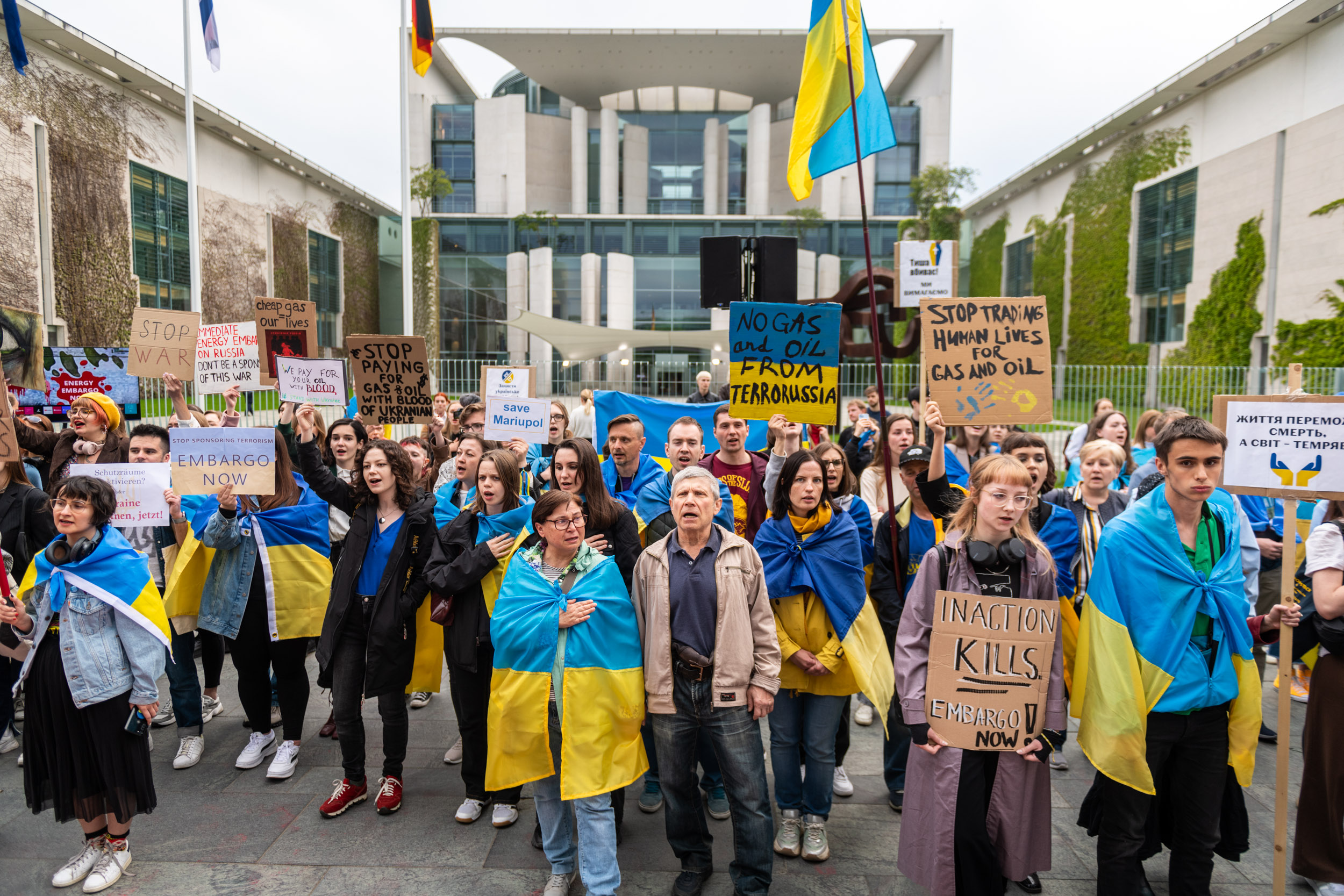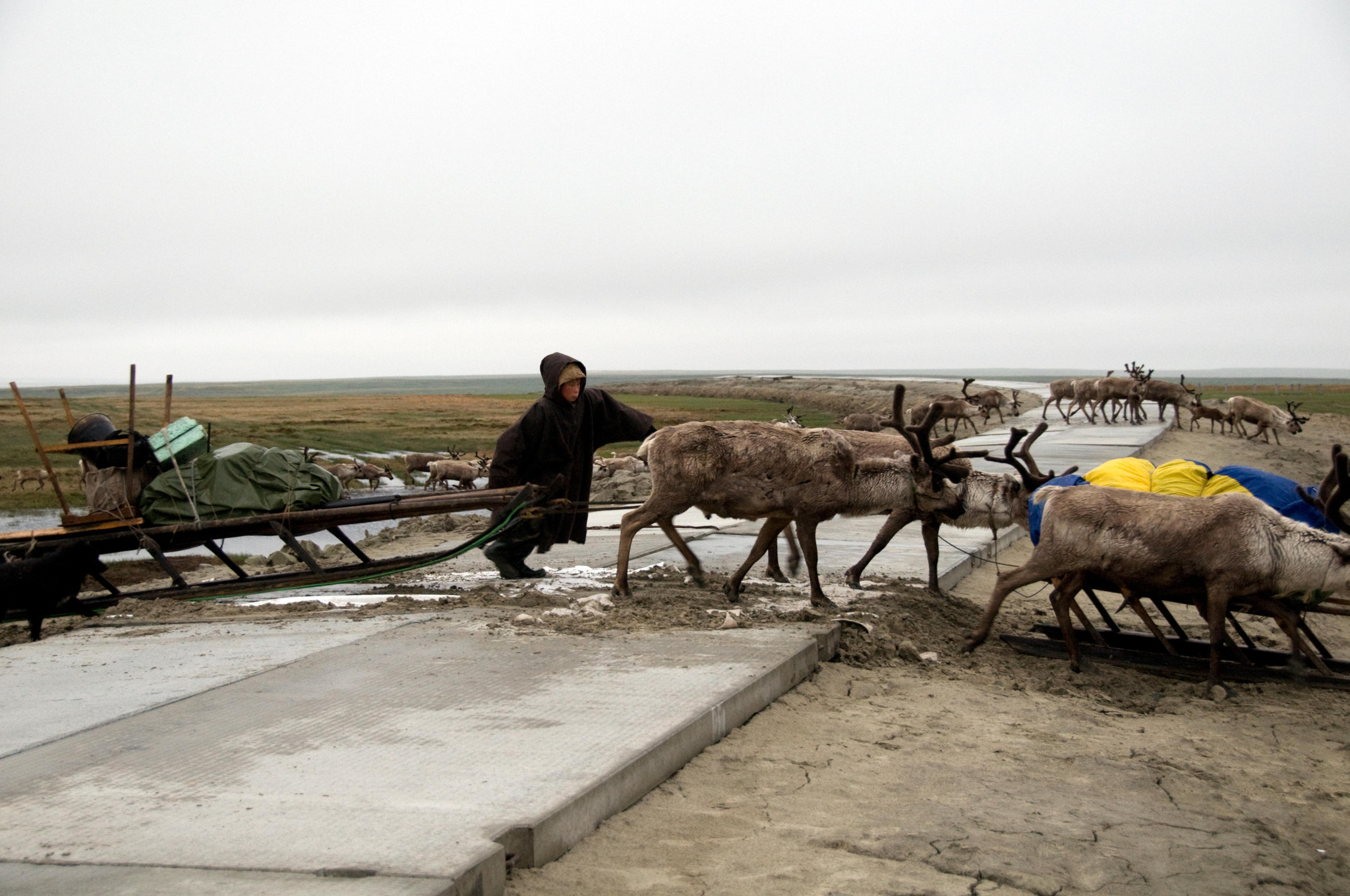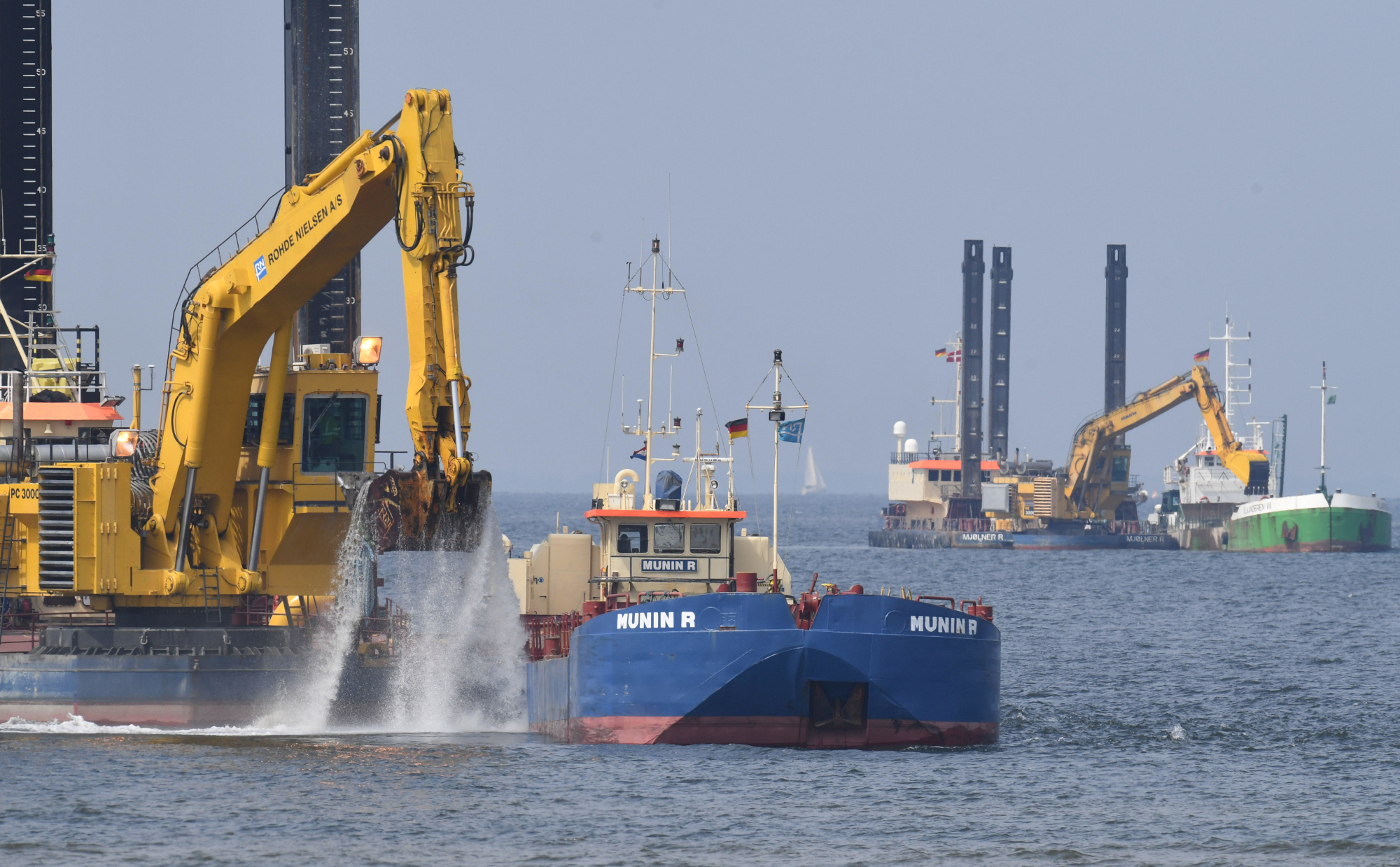Nord Stream 2 is the perfect example of what happens when geopolitical bets on cheap fossil fuels go wrong. Europe’s most controversial pipeline stretches 1,230 km (764 mi) from the Leningrad region in Russia through the Finnish, Swedish, and Danish parts of the Baltic Sea to the north-eastern coast of Germany.[1] Just like its sister pipeline Nord Stream 1, Nord Stream 2 consisted of two parallel running pipelines, Line A and B.14337 Russian state-owned Gazprom is the company behind Nord Stream 2.[2] Wintershall Dea, Engie, Fortum/Uniper, OMV and Shell helped the Russian gas giant finance the pipeline.[3] In total, Nord Stream 2 cost EUR 9.5 billion.14339 After it was completed in 2021, Nord Stream 2 never went into operation. More than three and a half years after the Russian invasion of Ukraine, the pipeline is dead. A geopolitical ruin now physically damaged, it is unlikely to ever pump Russian gas to Europe.

Note: Reputational risk projects on GOGEL are updated annually. This article was last updated November 4 2025.
Putin’s Pipeline Politics
With Nord Stream 2, Russia opened up a geopolitical hornets’ nest. Long before Gazprom built the pipeline, international observers warned that Nord Stream 2 would make Europe heavily reliant on Russian gas deliveries. Critics from the European Union (EU) worried that more economic cooperation with Gazprom would bring Russian influence into Europe as well as gas.[7] EU member states and officials argued that the pipeline was only a political tool and completely unnecessary for Europe’s energy security.1434114343 Many cautioned that the pipeline would allow Russia to bypass the Ukrainian gas route and further destabilize the country following Russia's annexation of Crimea in 2014. In addition, they argued that the dependency created by the pipeline connection would put the EU under intense economic and political pressure.143451434714349
Despite these early warnings, the companies Uniper, Wintershall Dea, Shell, Engie and OMV financed the pipeline. The German government only stopped Nord Stream 2 when Russian aggressions against Ukraine escalated in early 2022.14351 On 24 February 2022, Russia launched an unprovoked, deadly attack on Ukraine. Since the invasion, thousands of Ukrainian civilians have been killed, and millions have been forced to flee.14353 The International Criminal Court and other organizations are investigating suspected war crimes committed by Russian forces in Ukraine.14355
As the brutal war raged on, Russia used its pipelines and its gas to put European countries under pressure. Gazprom massively cut the gas supplies through its numerous pipelines to Europe.1435714359 In September 2022, Gazprom stopped the gas flows through the sister pipeline Nord Stream 1 completely. As winter approached, people had to bear the brunt of soaring gas prices.15361 Again and again, Putin used Europe’s gas addiction to bring the dead Nord Stream 2 project back into play.1478514363 Nord Stream 2 would have entrenched Europe’s dependency on both fossil fuel and Russia, while providing Russia with even more gas money to fund its war against Ukraine.14365

Few Lessons Learned
On 26 September 2022, underwater explosions likely delivered Nord Stream 1 and 2 a final blow.14367 Detonations ruptured both lines of Nord Stream 1 and one line of Nord Stream 2.14369 According to Gazprom, the second line of Nord Stream 2 remained intact.14371 For days, large amounts of methane gushed from the 3 ruptured lines into the Baltic Sea and the atmosphere. Scientists say that this could have been the biggest gas leak in history.14373 Gazprom continues to push for the commissioning of Nord Stream 2's intact second line.15363 In 2025, a US investor voiced interest in buying the pipeline and restarting gas sales to Europe.23347 However, the physical damages and EU's most recent sanctions against Russia make it unlikely that Nord Stream 1 and 2 will ever carry gas again.1437515365
Russia's invasion of Ukraine set a global energy crisis in motion. The European countries that willingly and knowingly made themselves dependent on Russian gas were frantically looking for alternatives. They paid extraordinary prices on international gas markets to secure LNG cargoes that were originally destined for other nations.15367 As a consequence, countries in the Global South like Pakistan and Bangladesh faced power shortages and blackouts on a regular basis.15367
Oil and gas companies have been quick to seize business opportunities to satisfy Europe's hunger for fossil gas. All over the world, they are pushing gas projects that will only pay off if operational for decades. The Italian company Edison and its Greek partner DEPA are pushing the almost dead EastMed-Poseidon pipeline project as an alternative to Russian gas supply to Europe.14381 On Germany’s shore, Gasunie, RWE, Uniper, Fluxys and Deutsche ReGas are busy developing both temporary and permanent LNG facilities.14383 With their proposed gas infrastructure, European governments and oil and gas companies are threatening to lock Europe into a fossil future instead of speeding up the energy transition. At the same time, Europe continues to buy gas from Russia in the form of LNG.1537119517
Arctic Gas for Europe
Nord Stream 2 has not only caused geopolitical mayhem. Far from Europe, the pipeline is also a threat to the Arctic and its inhabitants. The fossil gas intended for Nord Stream 2 comes from the Yamal peninsula in the Siberian Arctic.[13] There, gas companies destroy the Arctic tundra that indigenous people and their reindeer herds depend on.

Nord Stream 2's starting point lies in north-western Russia. In the Kurgalsky nature reserve, the pipeline dips into the Baltic Sea.[23] The Kurgalsky reserve is a coastal sanctuary for rare birds and animals such as the Baltic ringed seal.[24] Dunes, coastal meadows and mudflats cover this protected area.[25] Nevertheless, Gazprom sent its construction companies in to lay the pipeline.[26] Their machines have destroyed numerous protected and unique plants.[27][28] Botanists discovered that the company failed to transplant the protected plants.[29] Instead, it simply replaced them with non-endangered ones.[30]
The Baltic Sea is already under pressure from fisheries, ship traffic and pollution.[31] But Nord Stream 2 has damaged its marine ecosystems even more. In German waters, the gas pipeline runs exclusively through marine protected areas.[32] Dredging companies have scraped an 80-meter-wide corridor into the seabed for the pipeline. As they removed sand and mud from the seafloor, they destroyed what used to be the home of marine animals, underwater plants, and stone reefs. The construction of the pipeline has driven endangered animals such as porpoises, river lampreys and sea ducks out of their old habitats.[35]

The dredging works also released 254 tons of phosphor from the seafloor into the already heavily over-fertilized Baltic Sea. It is is creating dead zones on the Baltic seafloor that are void of marine life.[39] Phosphor is a nutrient that stimulates extensive algae growth. Once the algae die, they sink to the bottom of the sea. Their decay on the seafloor takes up all the oxygen from the water.[37]

Defuel Russia’s War
Nord Stream 2 should never have been built. For years, the companies involved in the project, like Wintershall Dea, Engie, Fortum/Uniper, OMV and Shell, propped up the war-mongering Russian government and ignored the destruction of marine ecosystems and the Arctic. Only the deadly Russian invasion of Ukraine convinced banks, insurers and investors to drop their investments in Gazprom and other Russian oil and gas companies that fuel Russia’s war machine.143851438714389 The disastrous, and incredibly expensive, fate of Nord Stream 2 should be a cautionary tale for anyone promoting gas as the energy future.
Sources:
Groups working on Nord Stream 2: Deutsche Umwelthilfe, Naturschutzbund Deutschland, ClientEarth, Greenpeace Russia, Fridays for Future, Ende Gelände, Pipelines verSTOPfen!, NOAH - Friends of the Earth Denmark, Polski Klub Ekologiczny (Polish Ecological Club), Green World, Friends of the Baltic, Coalition Clean Baltic, WWF Russia, WWF Germany, WWF Baltic Ecoregion Programme, Urgewald